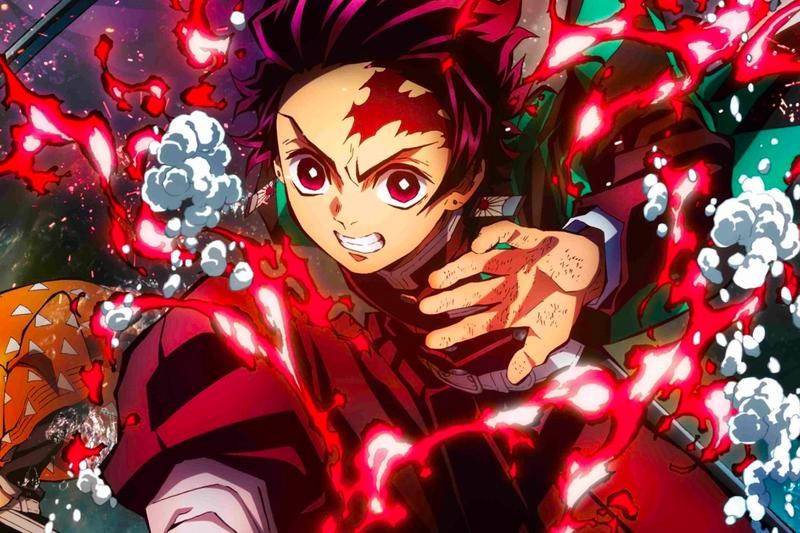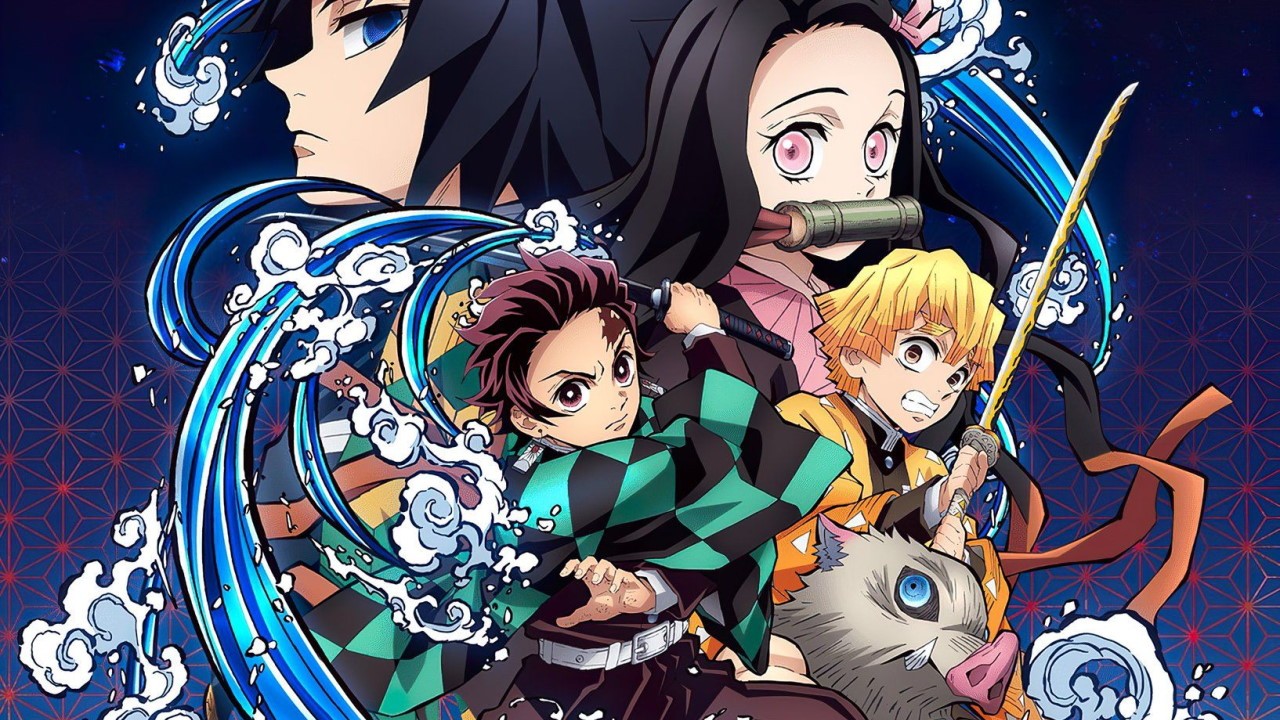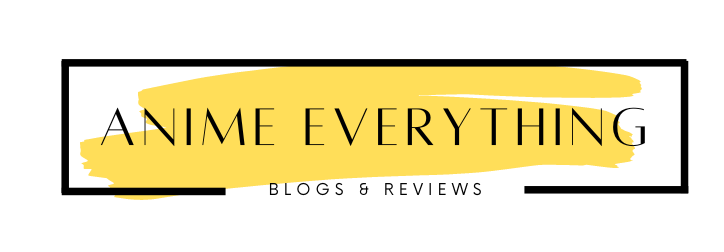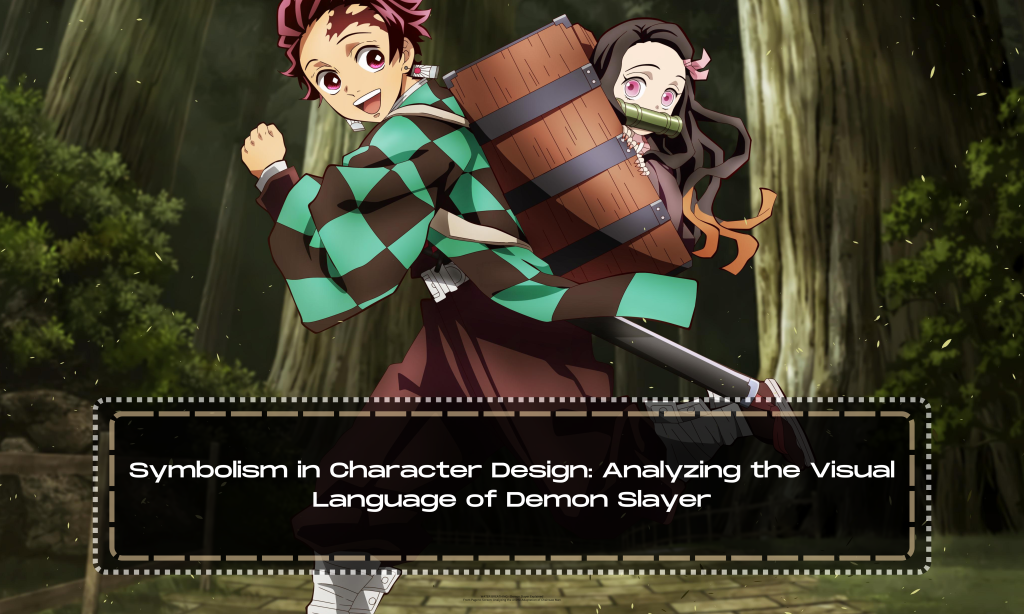Symbolism in Character Design: Analyzing the Visual Language of Demon Slayer
Character design in anime is an art form in itself. It’s not just about creating characters that look cool or unique; it’s about conveying a story and its themes through visual language. And when it comes to exceptional character design, “Demon Slayer: Kimetsu no Yaiba” stands in a league of its own. In this deep dive, we’re going to dissect the visual symbolism in character design that makes “Demon Slayer” characters not only memorable but also integral to the story they inhabit.
Introduction: The Power of Visual Storytelling

Before we embark on our journey through the world of “Demon Slayer” character design, let’s take a moment to appreciate the significance of visual storytelling in anime. While the narrative, dialogue, and plot development are essential, character design often serves as the first point of connection between the audience and the story. It’s the visual cues that give us insight into a character’s personality, background, and role in the narrative.
Chapter 1: The Artistry of Character Design in “Demon Slayer”
“Demon Slayer” is renowned for its stunning animation and meticulous attention to detail, and character design is no exception. Discuss how the character designs are the result of careful craftsmanship and a deep understanding of the story’s themes.
- The Intricacies of the Kimono: Dive into the significance of the traditional Japanese clothing worn by demon slayers and demons alike. Analyze how the different patterns, colors, and styles reflect the characters’ personalities and affiliations.
- The Iconic Haori: Explore the role of the haori (robe) worn by demon slayers. Discuss how it not only signifies their membership in the Demon Slayer Corps but also serves as a canvas for individuality.
Chapter 2: Visual Signifiers of Personality
In “Demon Slayer,” character designs are more than just aesthetics; they’re visual signifiers of personality traits and character arcs.
- Eyes as Windows to the Soul: Analyze the significance of eyes in character design. Discuss how the shape, color, and intensity of characters’ eyes reveal their emotions, motivations, and inner struggles.
- Hairstyles and Growth: Delve into the symbolism of characters’ hairstyles and how they change over the course of their journeys. Hair often represents character development and transformation.
- Accessories and Personal Artifacts: Explore how accessories and personal artifacts, such as Tanjiro’s earrings or Zenitsu’s sword hilt, carry deep meaning and connect characters to their past.
Chapter 3: The Dichotomy of Demon and Slayer

“Demon Slayer” thrives on the tension between its two central elements: demons and demon slayers. Character design plays a crucial role in emphasizing this dichotomy.
- Demon Design: Analyze the visual elements that make demons in “Demon Slayer” both terrifying and captivating. Discuss the use of grotesque and eerie features, as well as the contrast with their human forms.
- Slayer vs. Demon: Compare the character designs of demon slayers and demons. Highlight how their visual differences underscore the central conflict of the series.
Chapter 4: The Power of Color and Composition
Color palette and composition are powerful tools in character design. In “Demon Slayer,” they contribute to the series’ overall impact.
- The Importance of Color Symbolism: Discuss the use of color symbolism in character design. Explore how certain colors are associated with specific emotions, affiliations, or narrative themes.
- Dynamic Poses and Action Sequences: Examine how dynamic poses and action sequences are used to convey a character’s strength, resolve, and growth.
Chapter 5: The Role of Masks
Masks are a recurring motif in “Demon Slayer,” and they have a significant impact on character design.
- Masks as Identity: Analyze how masks are used to conceal or reveal a character’s true identity, motivations, and emotions. Discuss their role in character development.
Conclusion: The Artistry of “Demon Slayer” Character Design

As we conclude our journey through the visual language of “Demon Slayer” character design, it becomes evident that every aspect, from clothing to accessories, from eyes to hair, is carefully considered to enhance the storytelling experience. “Demon Slayer” stands as a testament to the artistry of anime character design and its ability to communicate complex narratives and themes.
The characters in “Demon Slayer” aren’t just drawn; they’re crafted with purpose and passion. Their designs are an integral part of the series’ success, contributing to its widespread acclaim and enduring appeal. So, the next time you watch “Demon Slayer,” take a moment to appreciate the intricate details of character design and the depth they bring to this remarkable story.
That’s me, Andreea Blaga, author of the blog anime-everything.com. I work as a content creator in the US. I am also passionate about Japanese Anime.


Related post
Character Study: Korra and Aang’s Legacy
In the richly woven tapestry of the “Avatar” universe, the characters of Korra and Aang...
Jul
Islands of Wonder: Exploring the Unique Geography of One Piece
Enter the vibrant world of One Piece, a beloved manga and anime series created by...
Jul
Unveiling ‘The Eminence in Shadow’: A Dive into its Intriguing Premise
“The Eminence in Shadow” is a light novel series written by Daisuke Aizawa and illustrated...
Jul
Dragon Ball Z: A Cultural Phenomenon Through the Ages
Since its debut in 1989, “Dragon Ball Z” has become a cultural phenomenon that transcends...
Jul
Unleashing the Chainsaw: A Deep Dive into Chainsaw Man’s Gripping Plot
In the realm of dark fantasy manga, few series have captivated readers quite like Tatsuki...
Jul
Aang’s Journey: From Reluctant Hero to Avatar of Peace
In the world of animated series, few have captured the hearts and minds of viewers...
Jul